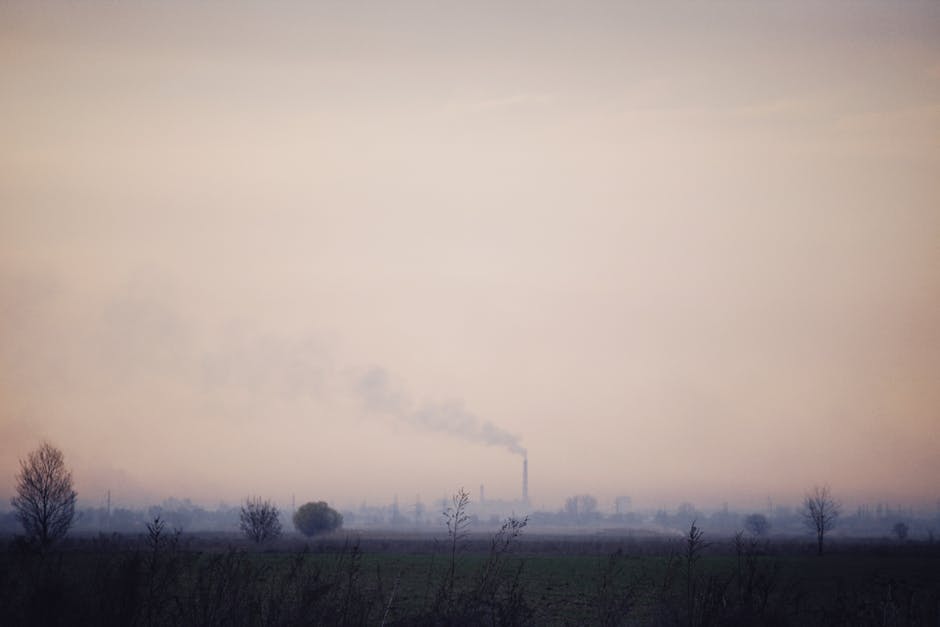Waking up in Kurla, Mumbai, today? That slight haze you see isn’t the usual morning mist, and the tickle in your throat isn’t your imagination. As of this morning, the Air Quality Index (AQI) in Kurla has reached a concerning 156, placing it firmly in the ‘Unhealthy’ category for all residents.
For the millions of Mumbaikars who call this vibrant, densely populated area home, this number is more than just a statistic; it’s a direct health warning that demands immediate attention.
What Does an AQI of 156 Mean for Kurla?
An AQI reading between 151 and 200 signifies ‘Unhealthy’ air. At this level, the concentration of pollutants, particularly harmful PM2.5 particles, is high enough to affect everyone.
However, the risk is significantly greater for sensitive groups:
* Children with developing lungs
* The elderly
* Pregnant women
* Individuals with respiratory conditions like asthma
* Anyone with pre-existing heart conditions
For these vulnerable groups, exposure to an AQI of 156 can trigger coughing, shortness of breath, and chest tightness, potentially worsening existing health problems. Even healthy individuals may experience eye, nose, and throat irritation after prolonged exposure. That morning jog or children’s evening playtime now carries a hidden health cost.
Why is the Air Quality in Kurla So Poor?
Kurla’s air pollution is a perfect storm created by a unique combination of factors, making it a local hotspot within Mumbai.
- Heavy Vehicular Traffic: As a major railway junction for both Central and Harbour lines and its proximity to the Eastern Express Highway and Santacruz-Chembur Link Road, Kurla suffers from relentless traffic. The constant exhaust from cars, buses, and auto-rickshaws is a primary source of pollutants.
- Industrial and Commercial Activity: The area is a dense mix of bustling markets, businesses, and small-scale industrial units, each contributing to the atmospheric load.
- Construction Dust: Like much of Mumbai, Kurla is a perpetual construction zone. Dust from real estate and infrastructure projects releases PM2.5 and PM10 particles that get trapped in the air, especially when wind speeds are low.
These factors, often compounded by weather conditions like temperature inversion, trap pollution close to the ground, leading to high AQI readings like the 156 we see today.
How to Protect Yourself from Unhealthy Air in Kurla
While long-term solutions require policy changes, you can take immediate steps to reduce your personal exposure to poor air quality.
- Monitor Real-Time AQI: Use reliable apps (like SAFAR-Air) or websites to check the current air quality in Kurla before heading out.
- Wear a High-Quality Mask: If you must be outdoors for an extended period, wear a well-fitting N95 or N99 mask. They are highly effective at filtering out dangerous PM2.5 particles.
- Limit Outdoor Exercise: Avoid strenuous activities like running, jogging, or cycling outdoors. If you must exercise, choose a time when AQI levels are lower.
- Improve Indoor Air: Keep windows and doors closed to prevent polluted air from entering. Consider investing in an air purifier with a HEPA filter to maintain clean air inside your home.
- Stay Hydrated: Drinking plenty of water helps your body’s systems flush out toxins absorbed from the polluted air.
Today’s AQI of 156 in Kurla is a clear reminder of Mumbai’s ongoing battle with air pollution. For now, the message is simple: take precautions and breathe with caution.




